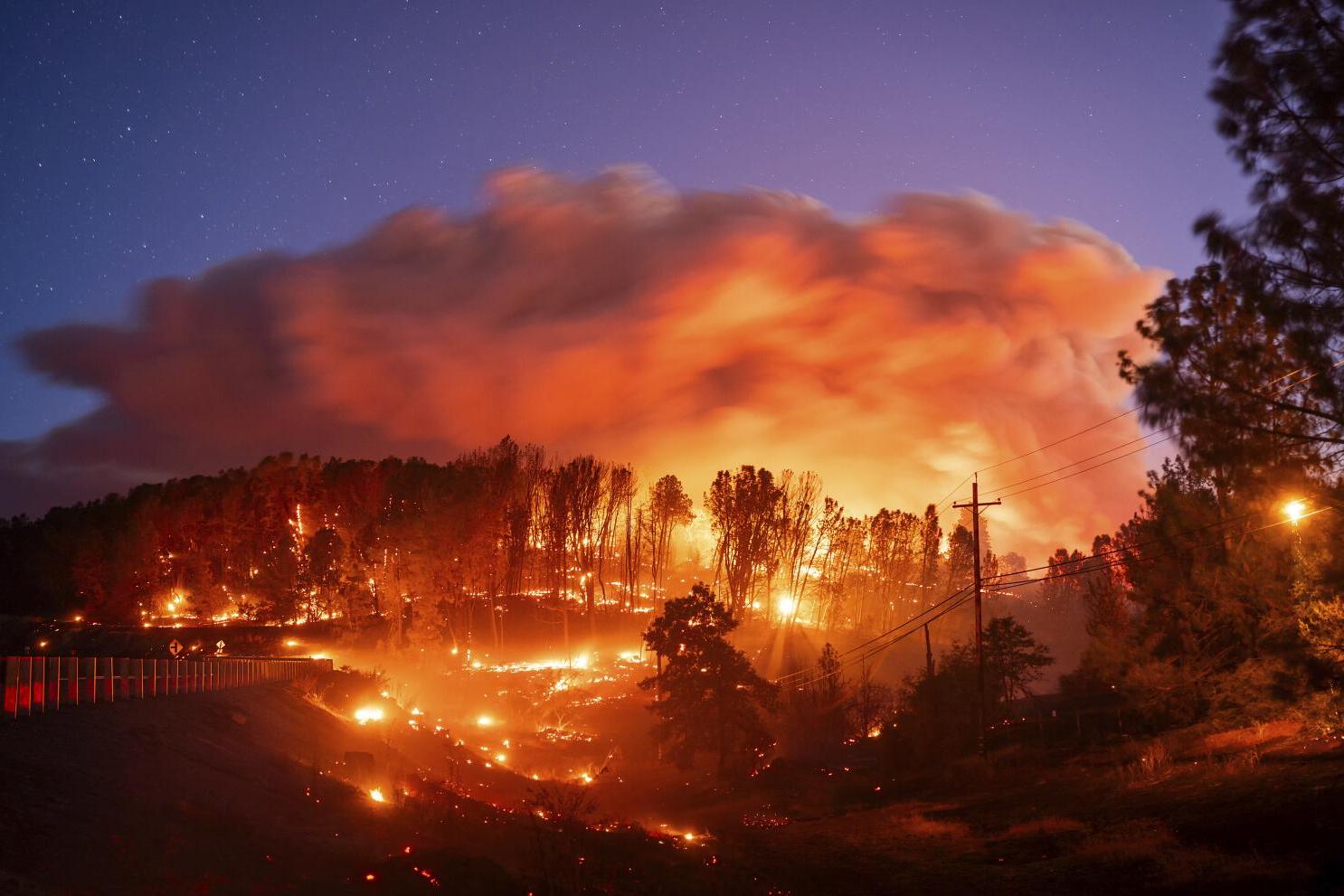
Why are California wildfires so common? California wildfires occur frequently due to a mix of natural and human factors. Dry climate, strong winds, and dense vegetation create perfect conditions for fires to ignite and spread. Lightning strikes, campfires, and power lines often spark these blazes. Climate change has also intensified the problem, leading to longer fire seasons and more extreme conditions. Urban development in fire-prone areas increases the risk, as more people live close to forests and grasslands. Understanding these factors helps us grasp why California faces such frequent and devastating wildfires.
California Wildfires: A Fiery Reality
California wildfires have become a significant concern in recent years. These fires impact the environment, economy, and lives of many residents. Here are some fascinating and alarming facts about California wildfires.
The Scale and Frequency of Wildfires
Wildfires in California are not just occasional events; they are frequent and often massive.
- California experiences an average of 7,000 wildfires annually.
- The 2020 wildfire season burned over 4 million acres, the largest in the state's history.
- Wildfire season now lasts nearly all year due to climate change and prolonged droughts.
Causes and Contributors
Understanding what causes these wildfires can help in prevention and management.
- Lightning strikes cause about 10% of California wildfires.
- Human activities, including campfires and discarded cigarettes, are responsible for 90% of wildfires.
- Power lines and electrical equipment failures have sparked some of the most destructive fires.
Environmental Impact
Wildfires have a profound effect on California's diverse ecosystems.
- Fires release large amounts of carbon dioxide, contributing to global warming.
- Wildfires destroy habitats, threatening endangered species like the California condor.
- Soil erosion increases after fires, leading to landslides and water quality issues.
Economic Consequences
The financial toll of wildfires is staggering, affecting various sectors.
- The 2018 Camp Fire caused $16.5 billion in damages.
- Wildfires lead to increased insurance premiums and property values dropping in high-risk areas.
- Agriculture suffers as fires destroy crops and livestock, impacting food supply and prices.
Health and Safety
Wildfires pose significant health risks to residents and firefighters.
- Smoke from wildfires contains harmful pollutants, causing respiratory problems.
- Long-term exposure to wildfire smoke can lead to chronic health issues like asthma and heart disease.
- Firefighters face extreme dangers, with over 100 fatalities in the past decade.
Historical Wildfires
Some wildfires have left a lasting mark on California's history.
- The 2003 Cedar Fire was the largest in California history until 2020, burning 273,246 acres.
- The 2018 Camp Fire was the deadliest, claiming 85 lives.
- The 2017 Thomas Fire was the most destructive, destroying over 1,000 structures.
Prevention and Management
Efforts to prevent and manage wildfires are crucial in mitigating their impact.
- Controlled burns help reduce the amount of flammable vegetation.
- Firebreaks, or gaps in vegetation, can slow the spread of wildfires.
- Early detection systems using satellites and drones are improving wildfire response times.
Community and Social Impact
Wildfires affect communities in numerous ways, from displacement to mental health.
- Thousands of residents are displaced each year due to wildfires.
- Rebuilding after a wildfire can take years, leaving communities in limbo.
- Mental health issues, including PTSD, are common among wildfire survivors.
Wildlife and Biodiversity
Wildfires can both harm and benefit wildlife and biodiversity.
- Some plant species, like the giant sequoia, rely on fire to release seeds.
- Fires can create new habitats for certain species, promoting biodiversity.
- However, frequent and intense fires can lead to the extinction of vulnerable species.
Technological Advances in Firefighting
Technology plays a crucial role in modern firefighting efforts.
- Drones are used to map fire perimeters and assess damage.
- Firefighting aircraft, including helicopters and planes, drop water and fire retardant on active fires.
- Advanced weather prediction models help forecast fire behavior and plan evacuations.
Climate Change and Future Outlook
Climate change is expected to worsen wildfire conditions in California.
- Rising temperatures and prolonged droughts create ideal conditions for wildfires.
- The frequency and intensity of wildfires are projected to increase in the coming decades.
- Efforts to combat climate change, like reducing greenhouse gas emissions, are essential in mitigating future wildfire risks.
Personal Preparedness
Individuals can take steps to protect themselves and their property from wildfires.
- Creating defensible space around homes by clearing flammable vegetation can reduce fire risk.
The Wildfire Reality
California wildfires are a serious issue affecting lives, homes, and nature. These fires are fueled by dry conditions, strong winds, and human activities. They spread quickly, causing massive destruction. Firefighters work tirelessly to control them, but the battle is tough. Understanding the causes and impacts helps in preparing better. Communities need to stay informed and have evacuation plans ready. Wildfires also affect air quality, making it hard to breathe. Protecting forests and reducing fire risks are crucial steps. Everyone plays a role in preventing wildfires. Simple actions like not leaving campfires unattended can make a big difference. Wildfires are a part of California's reality, but with awareness and action, their impact can be reduced. Stay safe, stay prepared, and respect nature's power.
Was this page helpful?
Our commitment to delivering trustworthy and engaging content is at the heart of what we do. Each fact on our site is contributed by real users like you, bringing a wealth of diverse insights and information. To ensure the highest standards of accuracy and reliability, our dedicated editors meticulously review each submission. This process guarantees that the facts we share are not only fascinating but also credible. Trust in our commitment to quality and authenticity as you explore and learn with us.
